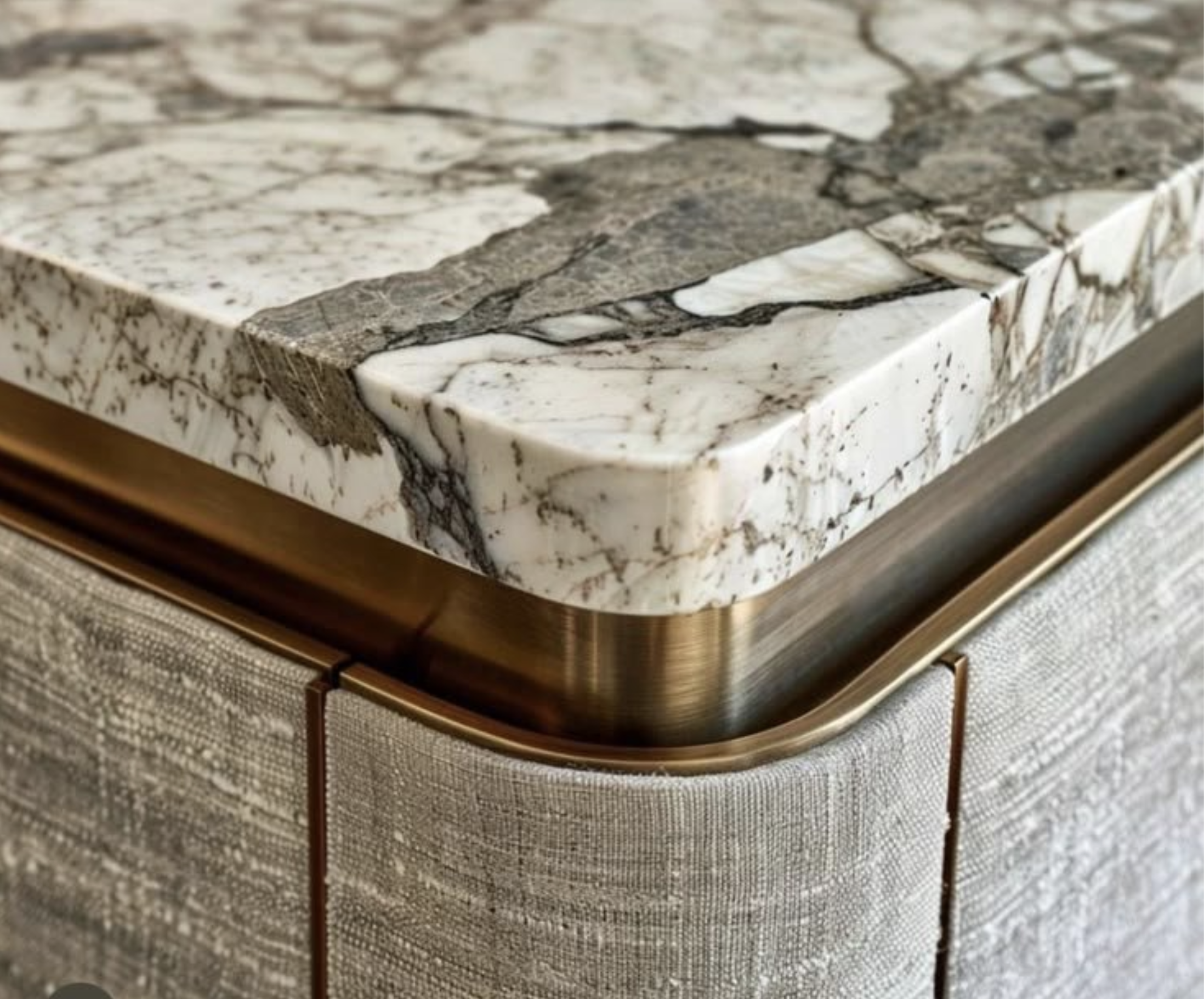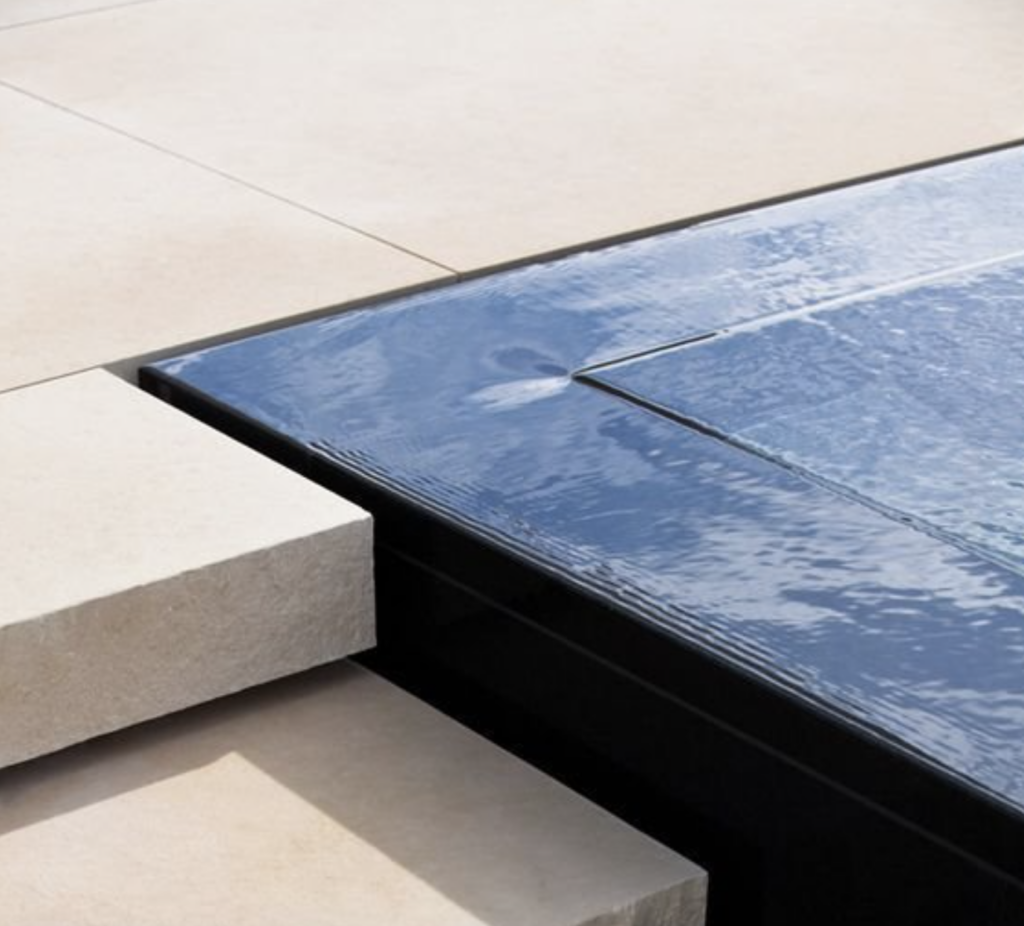The Art of Edges: Where True Craftsmanship Lies
One of the simplest yet most revealing markers of quality in design and construction is how edges meet. Whether it’s a seamless continuation of the same material, a precisely dovetailed corner, or the junction of two different materials at a seam—these details quietly communicate value.
Why? Because getting edges right is one of the hardest things to do. It requires skill, patience, and absolute precision. A well-executed edge speaks volumes about the craftsmanship behind it. It is where design and execution converge, where intention meets reality, and where the difference between ordinary and exceptional becomes visible.
What Defines a Perfect Edge?
- Alignment & Fit – A quality piece of construction or design ensures that joints are either flawlessly tight or purposefully designed with a controlled gap. A misaligned edge disrupts visual harmony and reveals a lack of precision.
- Finish Quality – A smooth, even finish is a sign of meticulous attention to detail. Whether it’s polished stone, wood, or metal, the way an edge is finished defines how the material is perceived—whether refined or rough, luxurious or ordinary.
- Material Compatibility – When two different materials meet, their connection should feel intentional, not forced. The interplay of textures, colors, and properties must be considered to ensure both structural integrity and aesthetic balance.
Edges as a Statement of Intent
Edges are not just functional transitions between materials—they are moments of design expression. They define boundaries, create visual interest, and dictate how a surface interacts with its surroundings. A sharp, clean edge conveys modernity and precision, while a softened or beveled edge introduces warmth and tactility.
In hospitality and high-end residential projects, these details become even more critical. They shape the guest experience, influence perceptions of quality, and, when executed flawlessly, evoke a sense of effortless sophistication.
For us, flawless edges aren’t just a detail—they are a philosophy. Because when edges are perfect, you’re not just looking at good design. You’re looking at true craftsmanship, the kind that turns materials into timeless, refined spaces.




